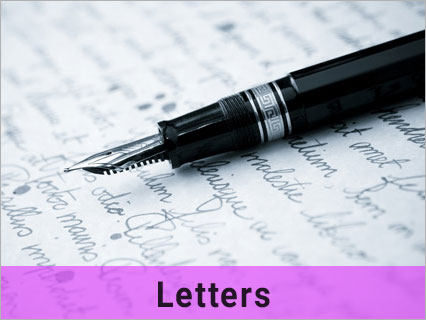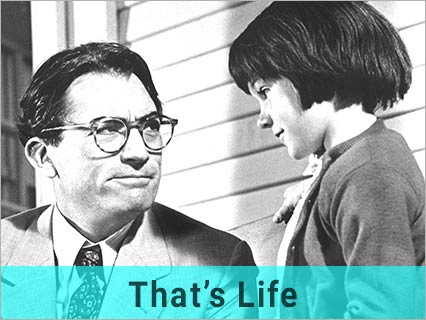Is Logo just another word for symbol?
22 Oct 2025
Dear LPG,
Just before Christmas last year, my friend and I happened to be walking down what is left of Lewisham High Street. It is something we don’t do as often as we used to, and as we walked and talked, our conversation homed in on something we found quite sad. No one can help but notice the premises that are no longer open or have changed hands since the last time we took a walk down that way.
We were looking for one particular shop, and my friend saw it first and pointed it out to me, but It occurred to me that we were looking for the shop’s logo rather than reading any other information displayed on the shop front.
The western world’s population is so used to seeing them on nearly everything these days, especially the consumables we buy. What would the Olympics be without their five interlinked rings, McDonald’s without its big yellow ‘M’ or Nike without its tick? We know the colours and the simple designs, and they are everywhere we look.
I went into my local grocery store the other day looking for a tin of my usual coffee, but I couldn't find it despite my thorough searching. So, I did what anyone would do in the circumstances, if they can still find a member of staff. When I asked, I was taken back to exactly where I was looking, only to find that the packaging had been changed, and it never even occurred to me to read the labels on the many newly designed tins of my preferred brand. Even though they were stacked in the usual place, I couldn't find a single jar, and I bet I am not the only person who has done something similar.
The internet tells that the idea has been around for a long, long time. The modern generation has used the forerunners of our logos since the Middle Ages, arguably because many could not read back then, and the symbols proved eye-catching and recognisable. And it has to be said that, throughout history, we have had wars, and the colours and heraldic designs on a uniform shield or flag have helped soldiers in the thick of the fight to know which people to attack and which to save instantly.
We have had the modern influx of logos for a very long time. We find them on our tins and packets of food, above the doors of our shop fronts, in our magazines, on the letter heads of our councils, government, banks, and commercial companies. They are now as virtual as they are real, and they crop up on nearly every web page we browse. They have the same effect when we look at our phones or computers, even though a few of us realise what is going on. I learned this from the internet, which also mentioned how what started as a means of simple recognition has evolved into a science.
As old as I am, I can’t really remember a day when they were not around. We first started seeing them in our newspapers back then, and the logo has always been the lasting image of the ads we see on TV. People of our age will remember that, in the early 1970s, wearing clothes with the right logo on became fashionable too. I will never forget my brother telling my mum that he only felt on trend when his T-shirt had the YSL (Yves Saint Laurent) logo on it and that he wanted to ditch all his non-branded ones.
I found little on the subject until I approached it from the perspective of a person wanting to create an effective logo. It is sobering to realise that there is a serious science behind the way advertisers can create a simple picture to help their customers choose one product over another. Having learned a little, it occurred to me that all the artistic persuasion around us might not influence us as much if we knew more about how it all works. I hope that passing on some of this information helps.
I have heard it said before, but until I took a serious internet look, I never realised that there is so much science surrounding our shopping choices and those innocent little designs.
DE, Rushey Green
DE offers us what she found on the subject…
… and where it all began…







